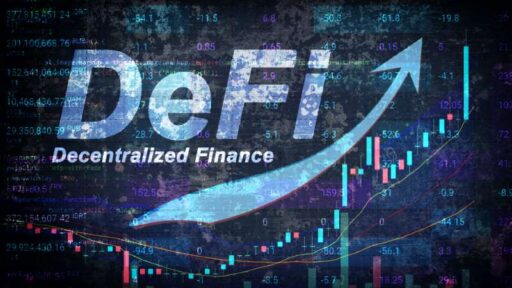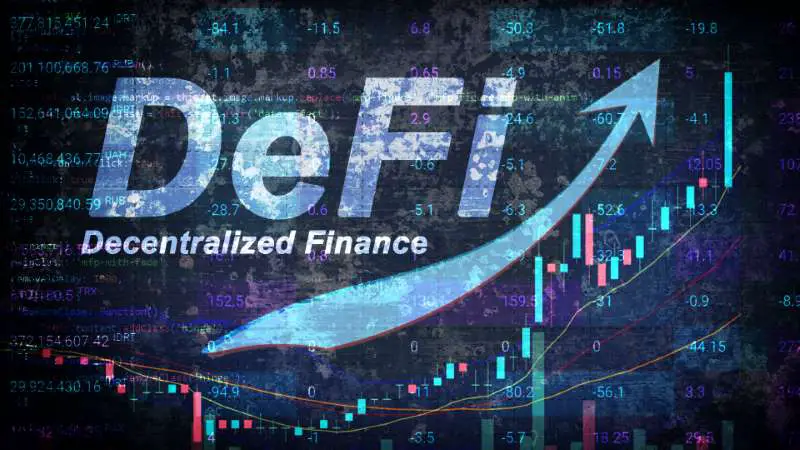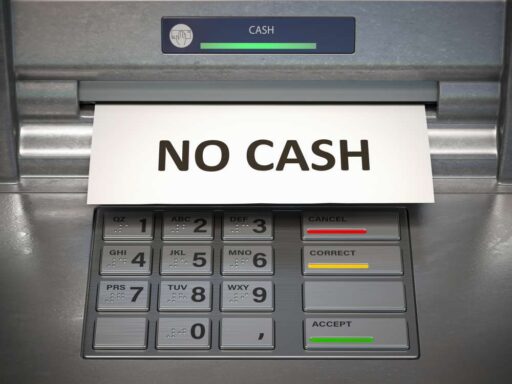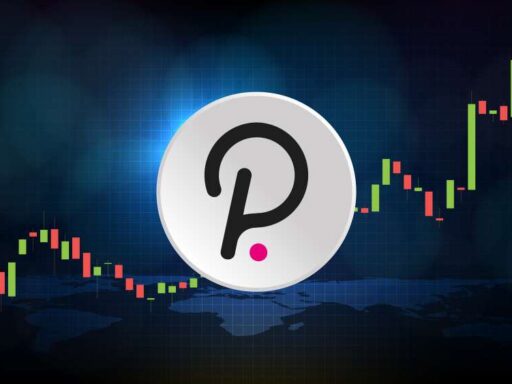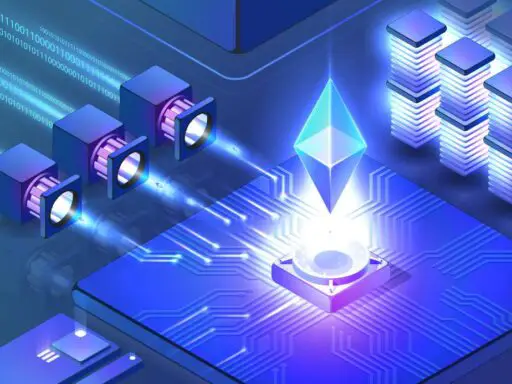Decentralised finance, or DeFi, represents a paradigm shift in the way individuals interact with financial services. It is an ecosystem of financial applications built on blockchain technology that aims to bypass traditional financial intermediaries. By leveraging smart contracts on various blockchain platforms, DeFi enables users to lend, borrow, trade, and earn interest on their assets in a peer-to-peer manner, granting them more control and potentially lower costs than conventional finance avenues.
The growth of DeFi challenges the existing financial framework by promoting open access and inclusivity. Anyone with internet access can utilise DeFi platforms, which operate round-the-clock, removing the restrictions of standard banking hours and geographical barriers. However, one must be mindful of the inherent risks such as volatility, security loopholes, and regulatory uncertainty, which can expose users to potential financial losses and legal issues.
Key Takeaways
- DeFi offers an alternative to traditional financial services by utilising blockchain technology.
- It allows for 24/7 financial operations, removing geographical and temporal barriers.
- Despite its growth, DeFi involves risks such as market volatility and security vulnerabilities.
Understanding DeFi
Decentralised Finance, or DeFi, leverages blockchain technology to provide financial services without traditional intermediaries. It represents a shift towards open, transparent, and peer-to-peer financial platforms.
Fundamentals of Decentralised Finance
DeFi is built on the blockchain, the same technology underlying cryptocurrencies like Bitcoin and Ethereum. It consists of applications and peer-to-peer protocols that allow users to conduct financial transactions and access services. All of this is possible with just an internet connection. The core principle is to operate without centralised control, enabling trust to be established through code rather than institutions.
Key entities and terms:
- Blockchain: A transparent and immutable ledger that facilitates trust and verification of transactions.
- Smart contracts: Self-executing contracts with the terms directly written into code, permitting transactions without middlemen.
- Open: DeFi is characterised by its open access — anyone with an internet connection can participate.
- Peer-to-peer: Direct transactions between parties without intermediaries.
Key Components of DeFi Ecosystem
The DeFi ecosystem is composed of several key components that create a comprehensive set of financial services:
- Smart Contracts: At the heart of DeFi applications, govern the execution of transactions.
- Decentralised Applications (DApps): The user interfaces for DeFi, running on a blockchain that provides varied financial services.
- Decentralised Exchanges (DEXs): Allow users to trade assets without the need for a central authority to facilitate trades.
- Lending Platforms: Enable users to lend or borrow funds with transparent terms, often ensuring collateral through smart contracts.
Each component is integral to the function and effectiveness of DeFi, offering a synergistic effect when combined.
Advantages of DeFi Over Traditional Finance
DeFi offers several advantages when compared to traditional finance:
- Ownership: Users have complete control over their assets without the need for third parties.
- Transparency: Every transaction is publicly verifiable, fostering trust among participants.
- Accessibility: Open to anyone with an internet connection, regardless of location or status.
- Intermediary-free: Elimination of middlemen can reduce transaction costs and improve efficiency.
The absence of intermediaries not only simplifies processes but also reduces potential points of failure and security risks associated with centralised systems.
DeFi Technologies
DeFi, or Decentralised Finance, leverages powerful technologies to reshape the financial landscape, enabling transactions and financial instruments without centralised intermediaries.
Blockchain Technology Foundation
Blockchain technology serves as the backbone of DeFi by providing a decentralised ledger that’s accessible across multiple entities. Each participant on a blockchain such as the Ethereum blockchain, holds a copy of the transaction history, ensuring transparency and security. At its core, blockchain technology exhibits characteristics like immutability and composability, making it an ideal foundation for DeFi applications. The concept of composability within blockchain means that software components, like money legos, can interoperate, and be assembled or reassembled in various configurations.
Smart Contracts and Their Functions
A vital component of DeFi are smart contracts, self-executing contracts with the terms directly written into code. These contracts automatically enforce and execute agreements as conditions are met, without the need for a trusted intermediary. On platforms like the Ethereum blockchain, smart contracts are pivotal, serving as building blocks for more complex financial services. They act as what is colloquially known as “money legos,” modular pieces of financial software that can be combined in endless ways.
Role of Decentralised Applications (DApps)
Decentralised applications (DApps) utilise smart contracts and operate on a blockchain network. They are pivotal to DeFi, offering services ranging from asset exchange to borrowing and lending, all without a central authority. These applications benefit from the inherent properties of the underlying blockchain, such as resilience, security, and transparency. The Ethereum blockchain is especially prominent in hosting DApps due to its mature ecosystem and robust smart contract capabilities.
Financial Operations in DeFi
This section explores the core functions within Decentralised Finance (DeFi), detailing how specific financial operations are conducted on the blockchain, and highlighting the roles of participants and mechanisms involved.
Lending and Borrowing Mechanisms
DeFi has revolutionised the way individuals lend and borrow assets, eliminating the need for traditional financial institutions. Lenders provide their funds to a liquidity pool and receive interest payments in return, while borrowers receive loans by locking in collateral that exceeds the loan value, ensuring security for the lenders. Interest rates in DeFi are determined algorithmically based on the supply and demand within the liquidity pools, leading to dynamic rate adjustments.
Understanding Decentralised Exchanges (DEXs)
Decentralised exchanges (DEXs) enable users to trade cryptocurrencies without an intermediary, maintaining full custody of their assets throughout the transaction. Exchange rates are set by supply and demand dynamics or by using an external price feed, and transactions are facilitated via smart contracts. Liquidity pools play a critical role in DEXs, with liquidity providers often earning a portion of transaction fees for contributing to these pools.
Yield Farming and Liquidity Mining
Yield farming and liquidity mining are practices where users earn returns by providing liquidity to DeFi protocols. Users deposit funds into a liquidity pool and, in return, receive rewards in the form of interest or protocol tokens. These rewards can vary widely, reflecting the risk associated with the underlying protocols.
Insurance and Derivatives in DeFi
DeFi also offers insurance services and derivative products, allowing participants to hedge against various risks. Insurance in DeFi can cover events such as smart contract failures or exchange hacks, providing a safety net for users’ funds. Derivative contracts, on the other hand, are used for speculation, hedging, or risk management, with their value derived from the performance of an underlying asset.
The DeFi Market and Tokens
The DeFi market is characterised by the utilisation of tokens that represent a diverse range of assets and rights within the ecosystem. These tokens facilitate various financial activities such as lending, borrowing, and yield farming.
Overview of DeFi Tokens and Their Value
DeFi tokens serve as the cornerstone of the decentralised finance market. They are digital assets that can represent a stake in a DeFi protocol, a claim on a portion of fees, governance rights, or other functionalities. Ethereum is the primary platform for these tokens, with DAI being an example of a stablecoin pegged to the US dollar to minimise volatility. The value locked in DeFi is indicative of the ecosystem’s size and health, and it can fluctuate considerably, reflecting the volatility inherent in the cryptocurrency markets.
| Token | Functionality | Platform Used | Example Use Case |
|---|---|---|---|
| Governance | Protocol decision-making | Ethereum | Voting on changes |
| Utility | Access to services | Various platforms | Fee reduction |
| Stablecoins | Price stability | Ethereum | Minimising volatility |
The value of DeFi tokens can be assessed through market capitalisation and the interest rates offered for borrowing and lending activities. Yield farming strategies are also popular for optimising returns on these tokens.
Assessing Risk and Reward in DeFi Investing
Investment in DeFi tokens is not without its risks. These tokens are often highly volatile, and the possibility of a sudden drop in value is a risk to be considered. Despite this, they can offer substantial rewards through interest rates that exceed traditional banking products. When investing, one must consider the risks of smart contract vulnerabilities and the impact of regulatory shifts.
It’s essential to conduct thorough research on the underlying protocols and monitor the rates closely when engaging in lending or borrowing. Yield farming can be particularly risky but rewarding, as it involves earning additional tokens in return for providing liquidity to the market. Investors must weigh the potential for high yields against the possibility of losing their principal in adverse market conditions or due to protocol failures.


